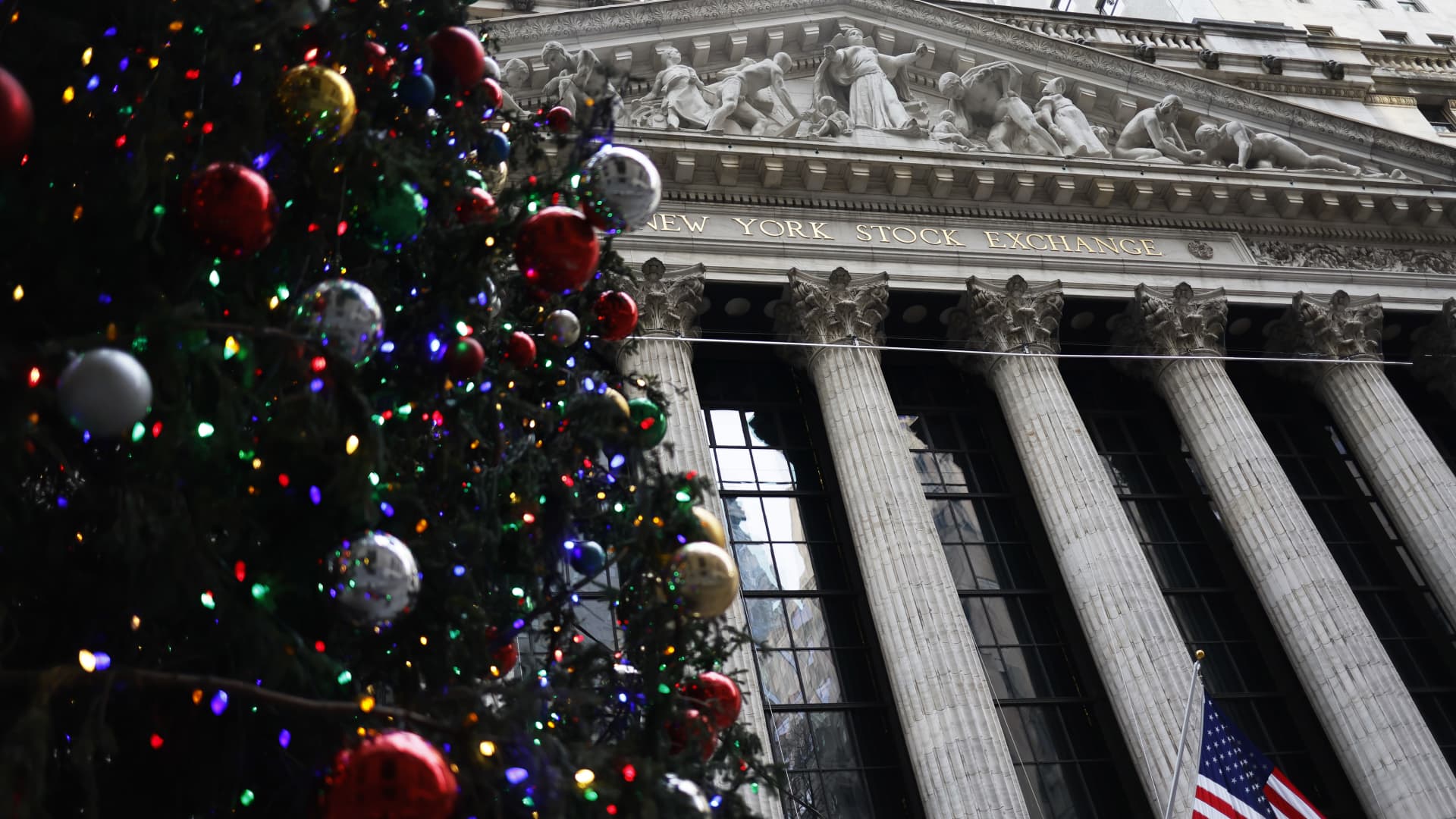Nothing went off – no bells and no whistles – to signal the tremendous rally that we have been having for the better part of a month now. Sure, we were in the midst of earnings season, but the genuine surprises were few and far between. So, earnings couldn’t have triggered it. How about the Federal Reserve? Nope. Just not a factor. In fact, it’s eerie to see how little information or news prompts from the Fed we got during the two-step bottoming process: the peak in bond yields on Oct. 17 and the nadir in stocks on Oct. 28. But that’s the way it really works when you have a major move. It’s not supposed to happen. There’s nothing in the cards that says it will. In fact, it’s the opposite. What happens during these rallies is quite complex and, again, devolves to moments where the animal-spirit mechanics trump the realities of the bond market, breaking the critical linkage that has kept stocks down. First, the rally wasn’t supposed to occur because back in the earlier part of October, ahead of when rates peaked, we were gripped with a supply-and-demand problem. It seemed that Treasury was tone deaf about how to offer Treasurys. They just kept hitting us with auctions that, in themselves, overwhelmed demand. It didn’t help that so many funds were already long bonds and bleeding from their eyeballs. They were the worst asset class in the world, especially because inflation just seemed to not want to go down. Persistent inflation dogged us. Given so much of the conventional wisdom about the relationship between stocks and bonds couldn’t be bucked, the downside momentum couldn’t be bucked. It seemed that we would hit 6% in rates – something that one of the smartest men in the room, JPMorgan CEO Jamie Dimon, kept insisting would happen. But rates didn’t breach that level. In retrospect, there was a lot of misdirection and a lack of a belief. That’s when a top in yields tends to occur — when nobody thinks it’s possible. The earnings went better as the season…
Read the full article here

Leave a Reply